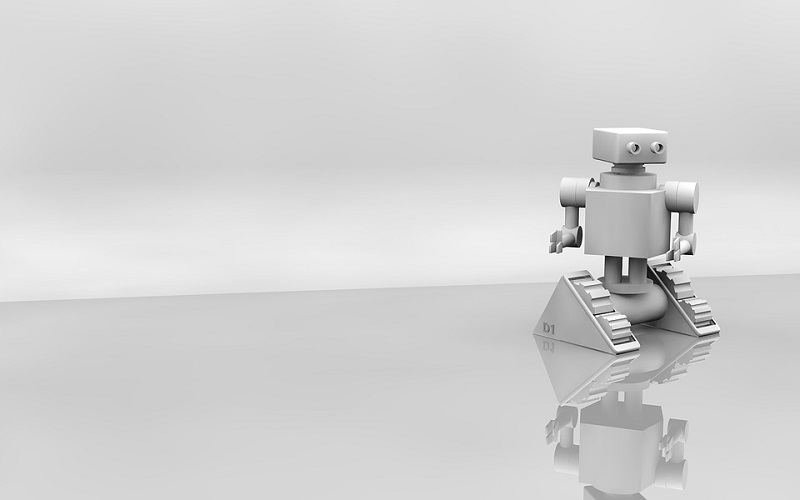The pioneering architect Arthur Mamou-Mani thinks that smart robots that can learn from mistakes are the future of the architecture industry, and not 3D Printing. He told Design & Build Review that 3D printed homes are not the solution to international housing problems.
“I don’t think that there’s a place that someone lives in that has been 3D printed; I think there are conceptual ones,” he said. “I’m not sure that extruding in concrete, for I don’t know how much time, to create a building is the solution.”
What Arthur decided to do was to focus on the machines rather than the design itself. His company entered a machine called the Polibot in the annual design competition organised by ARUP, which is a small, cuboid robot equipped with shelf-like arms that can pick up and deposit pieces of material such as wood. The Polibot is attached to a series of poles placed around the building site via wires that allow him to move in a similar way to a Spidercam.
Mamou-Mani said his invention is “just a crane”, “ but it’s a robotically-controlled crane so it allows people like us that are trained in digital fabrication to scale up to building”, which for him, is one of the biggest challenges. What makes this robot special is a feedback loop, which “read itself and autocorrects when there is a problem”.
The Polibot uses a simple Microsoft Kinect to provide 3D vision, however, it still remains a work in progress. Mamou-Mani proposed using it to build London’s Holocaust Memories, but ultimately lost out on a contract to rival designers David Adjaye and Ron Arad.
He concluded by saying that “what’s really, really important now, especially at that scale, is the idea of machine learning and self-correction and feedback loops.”


